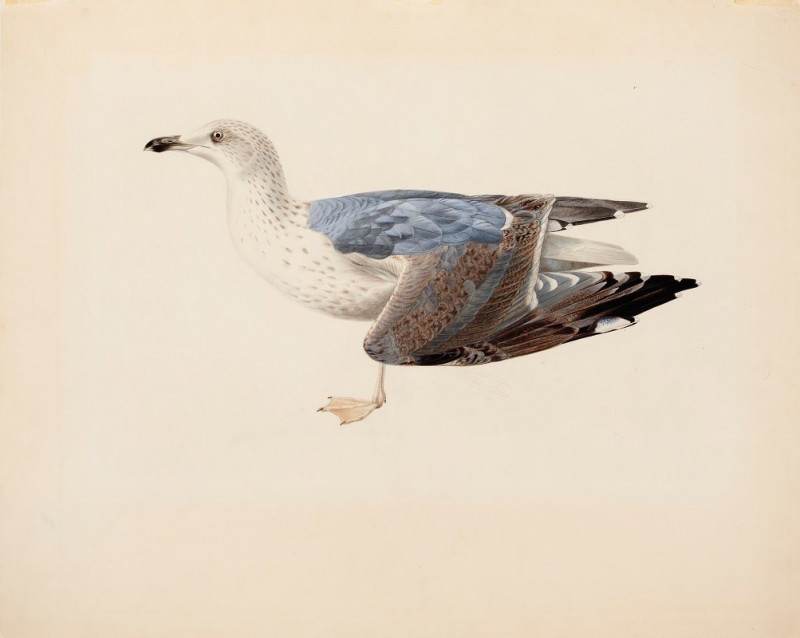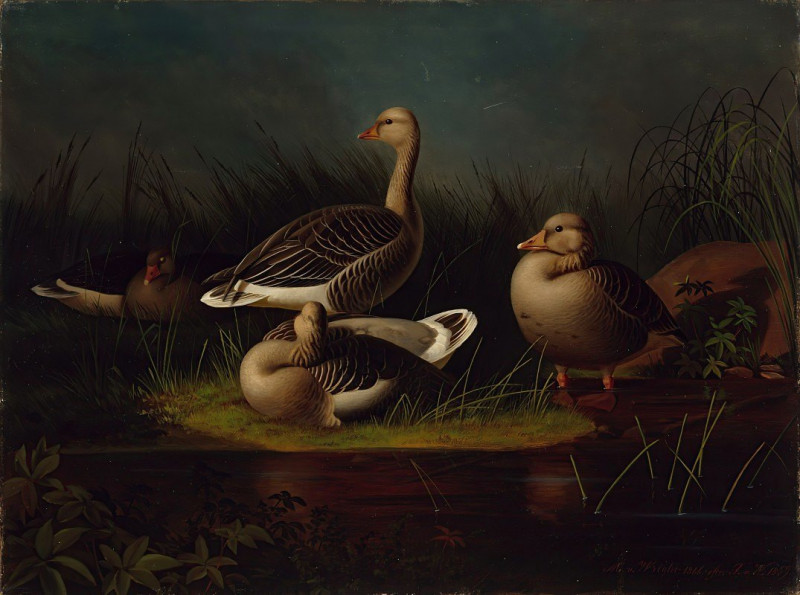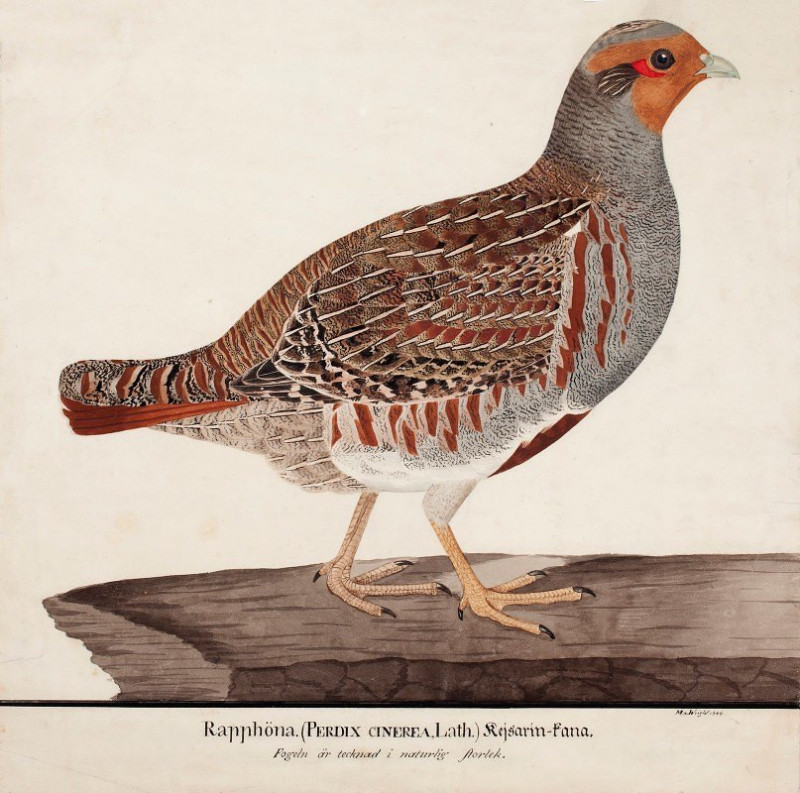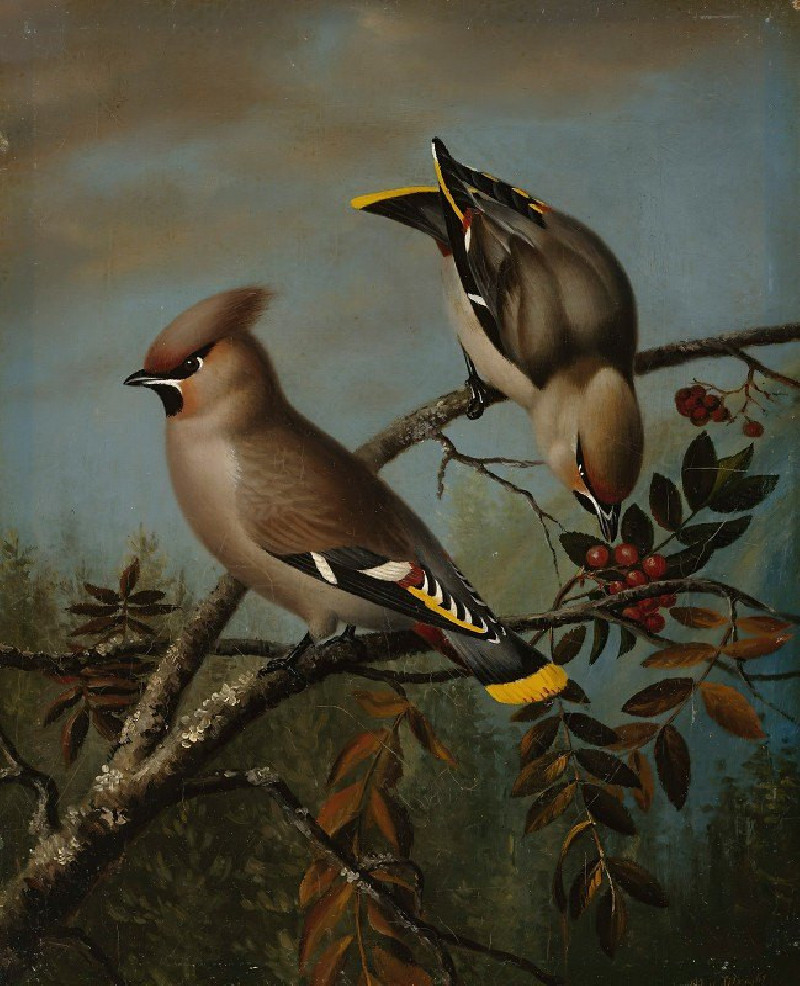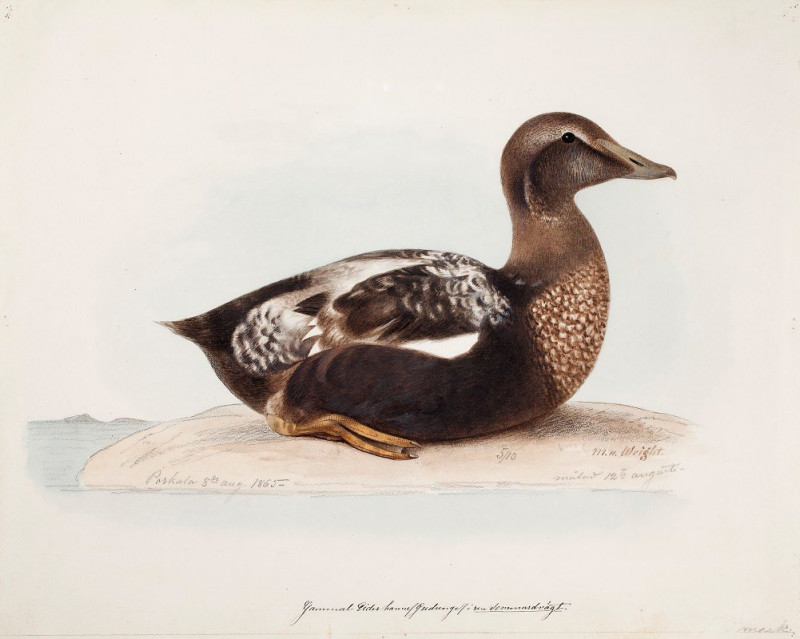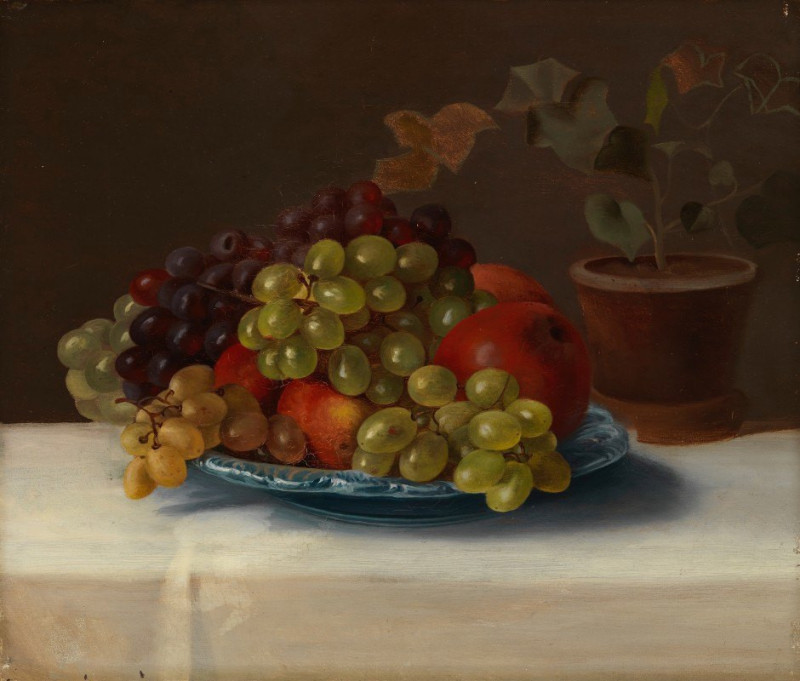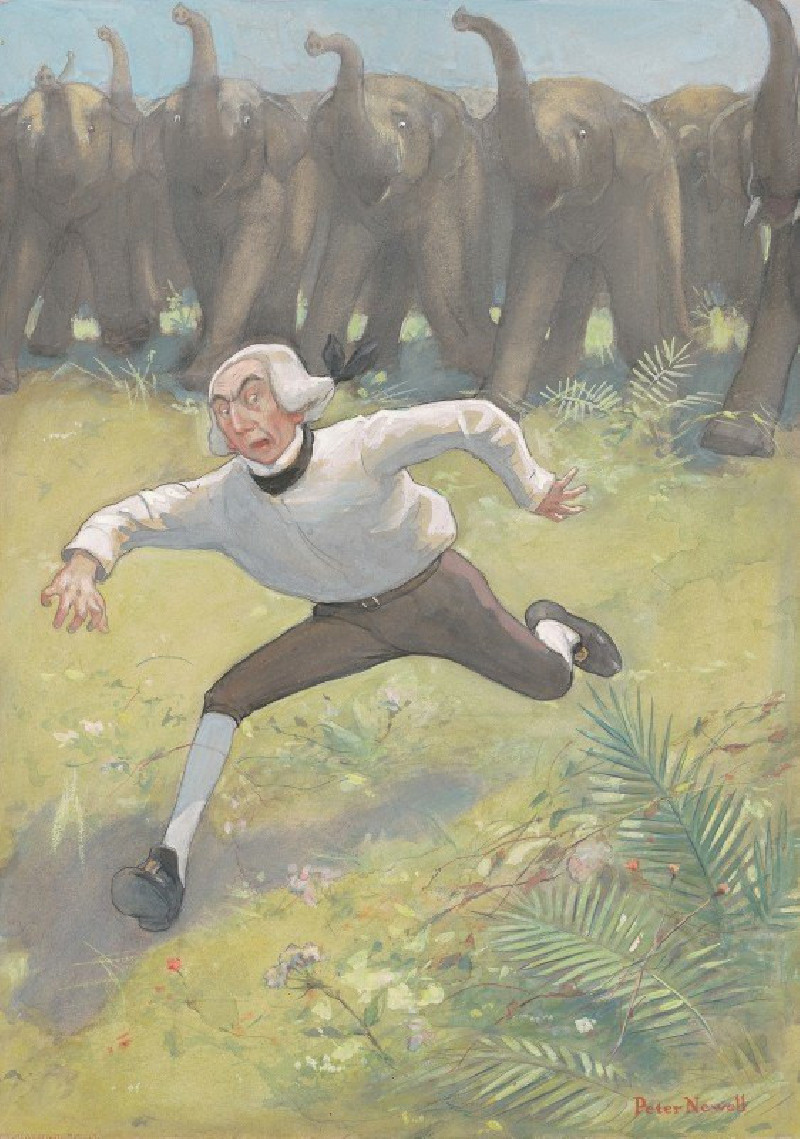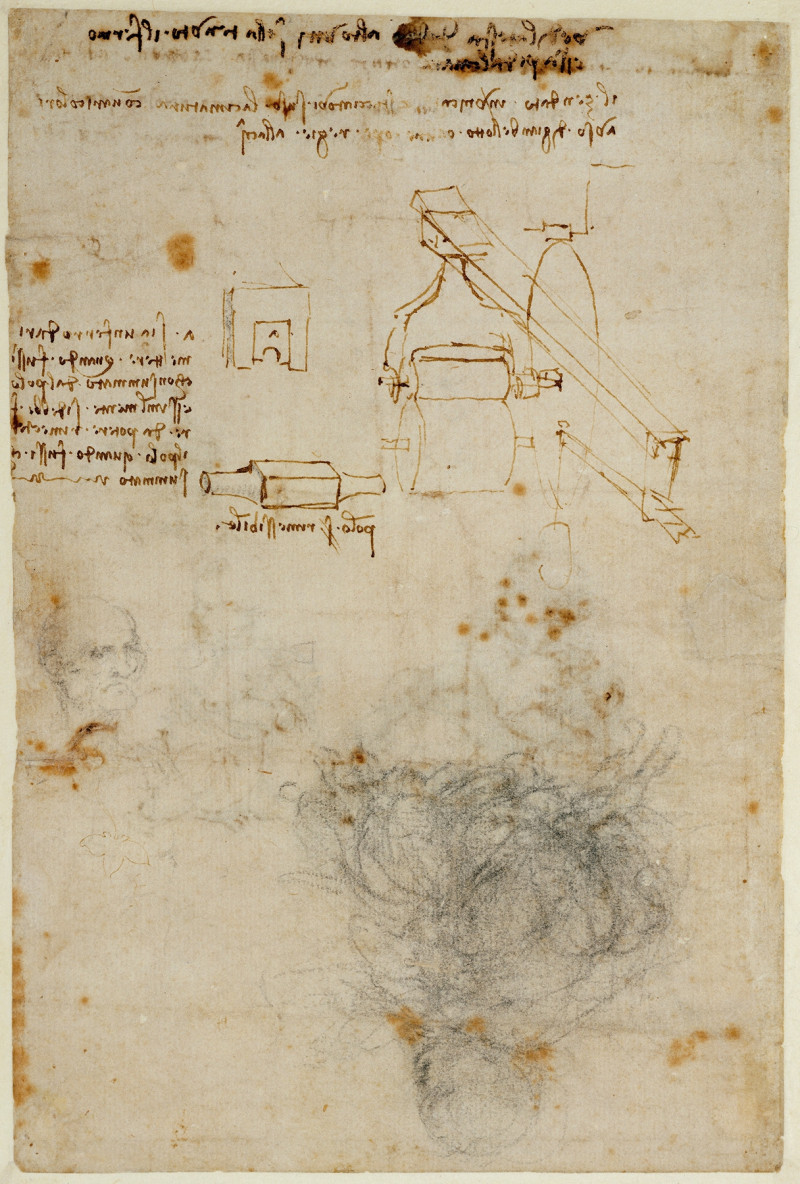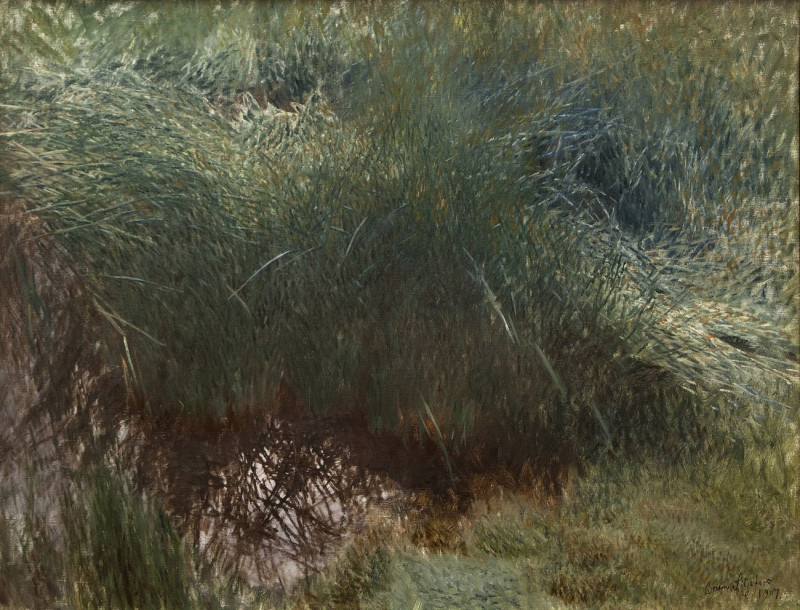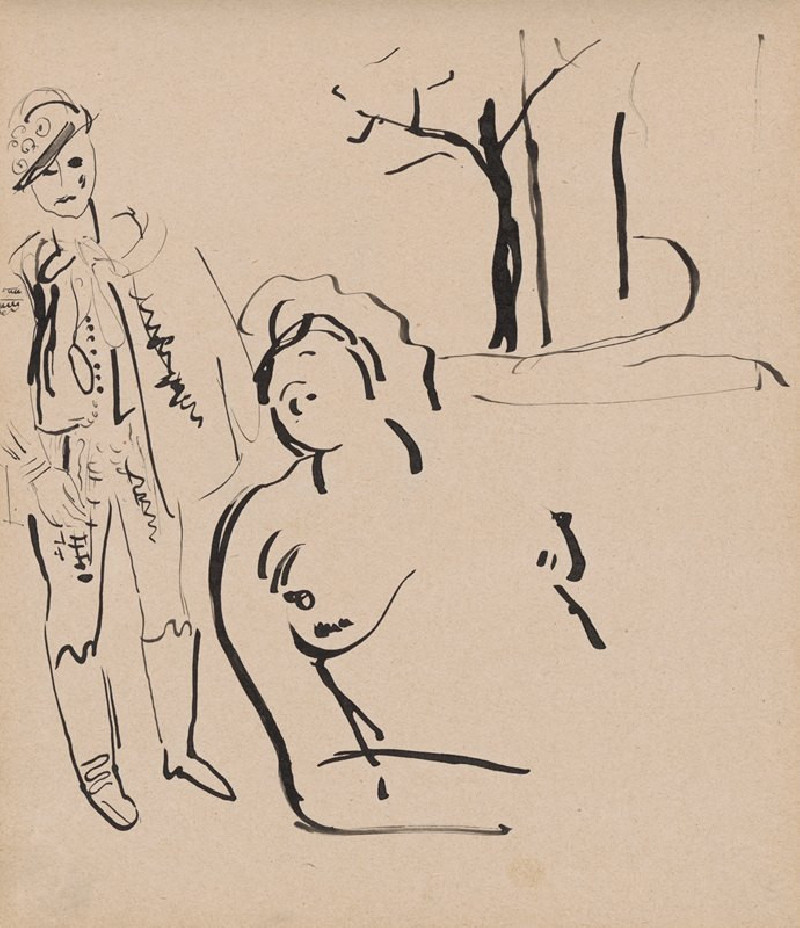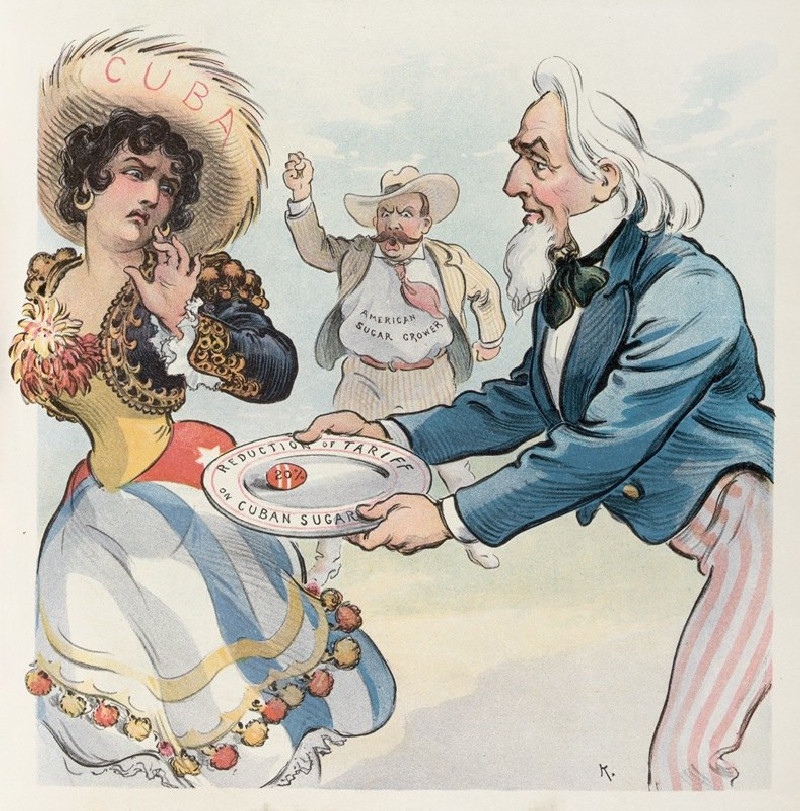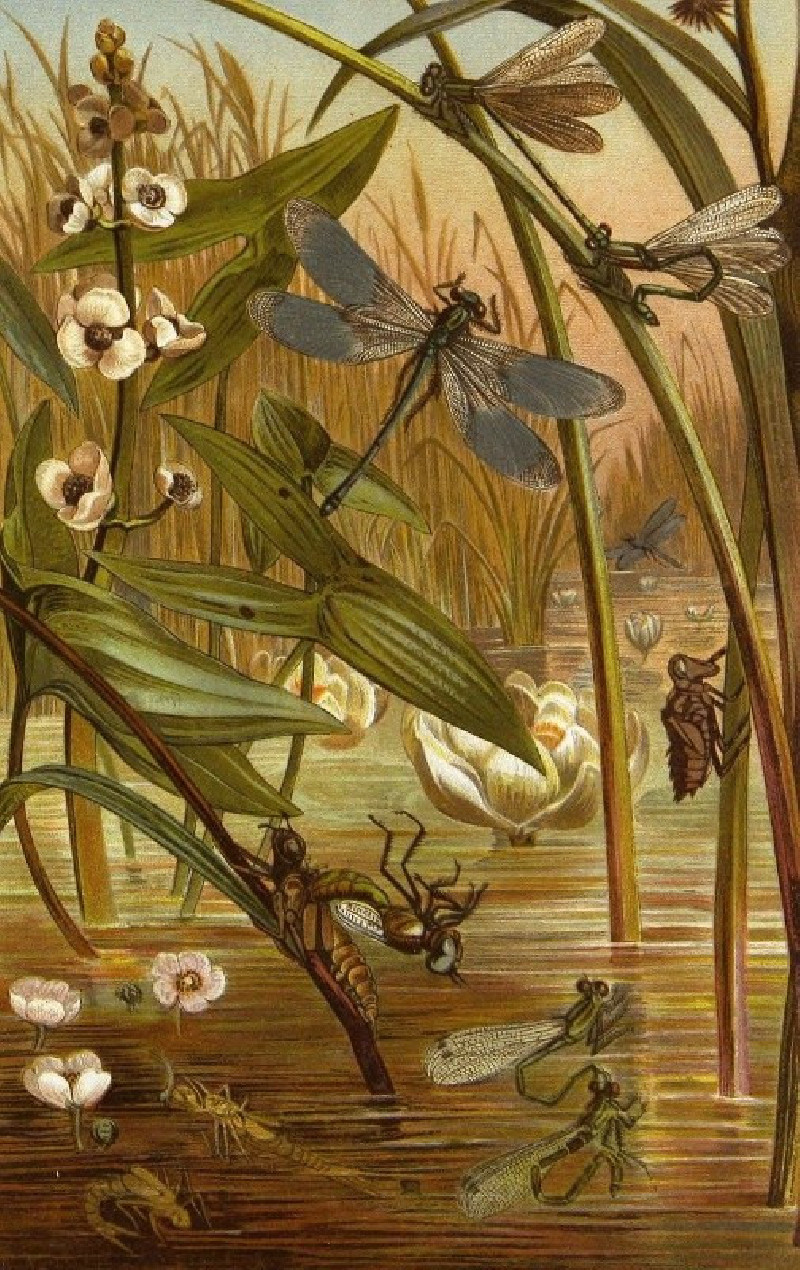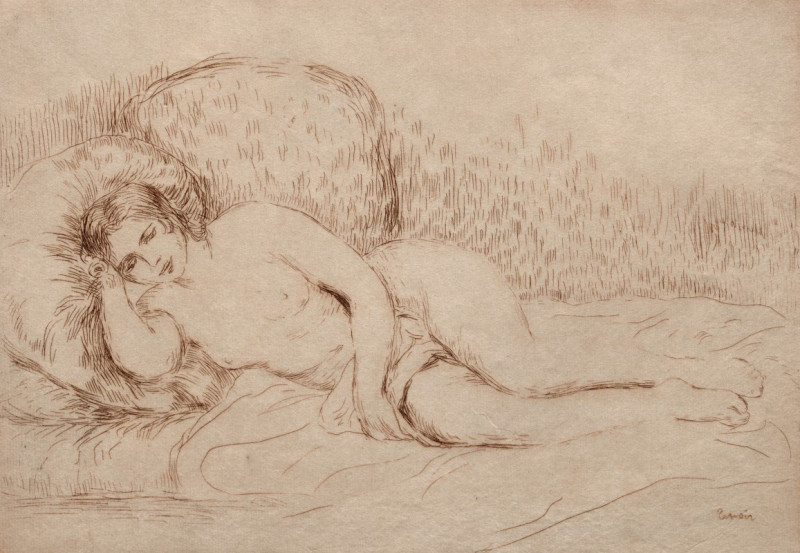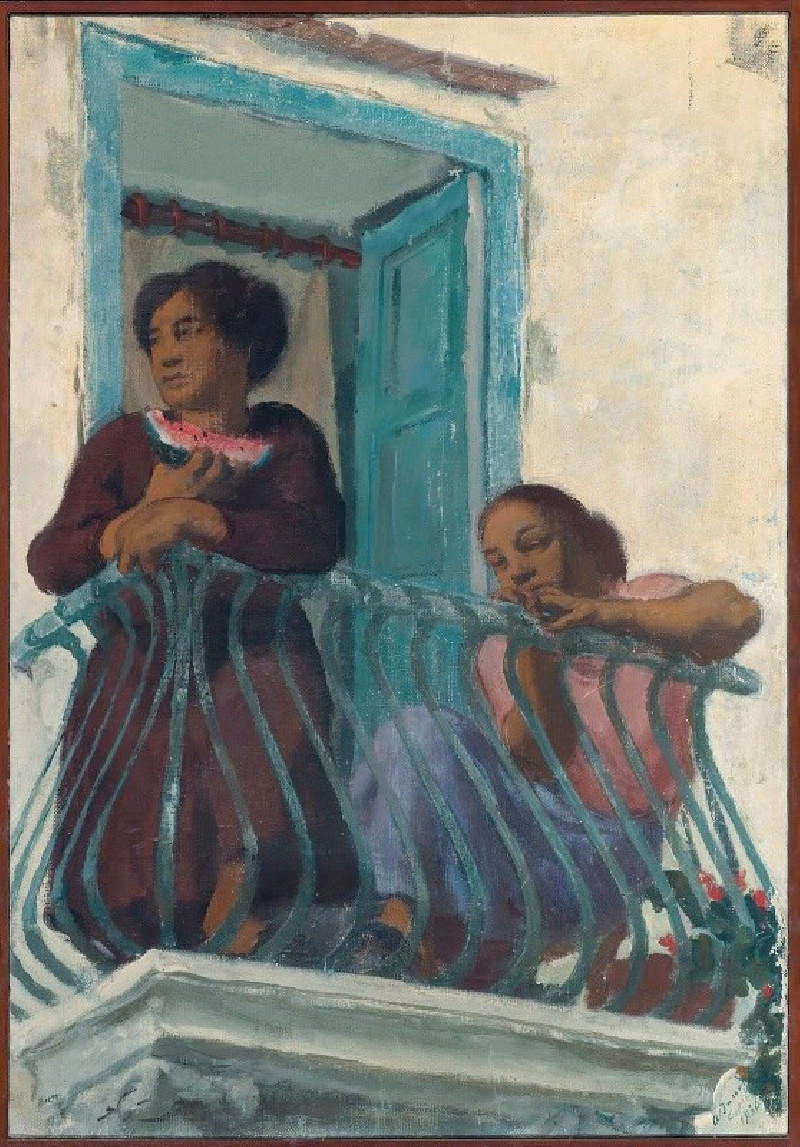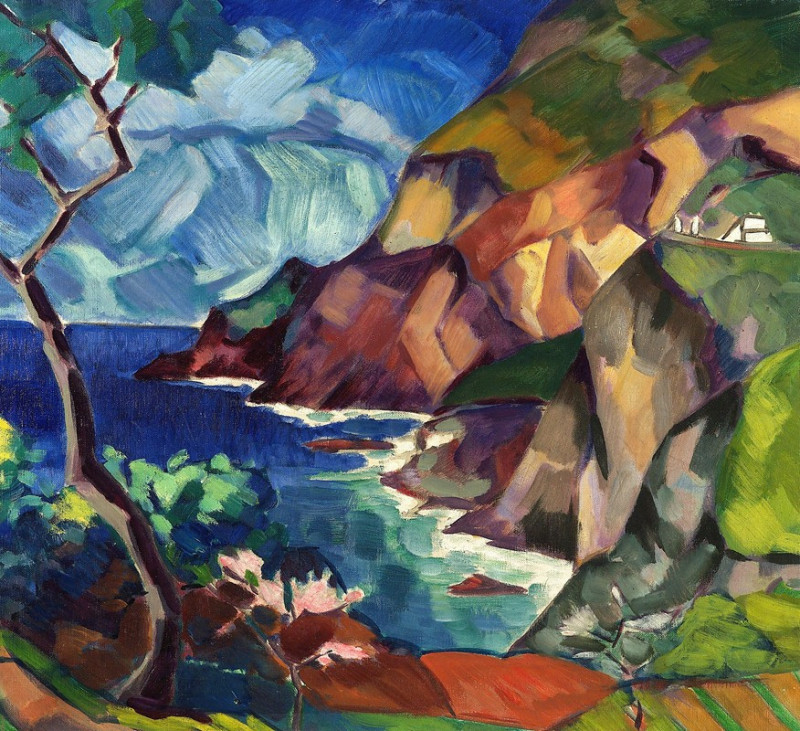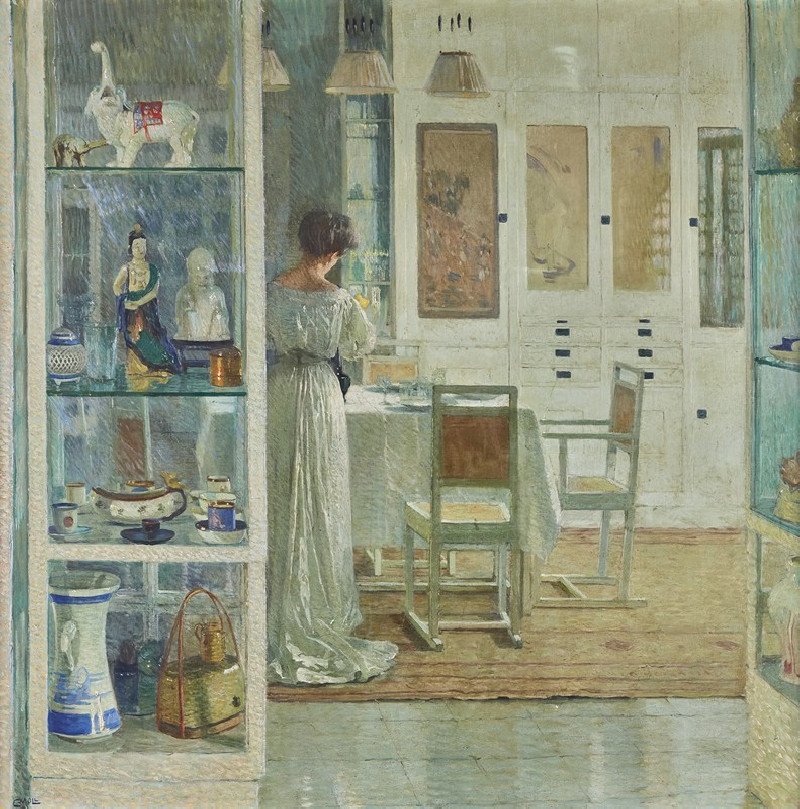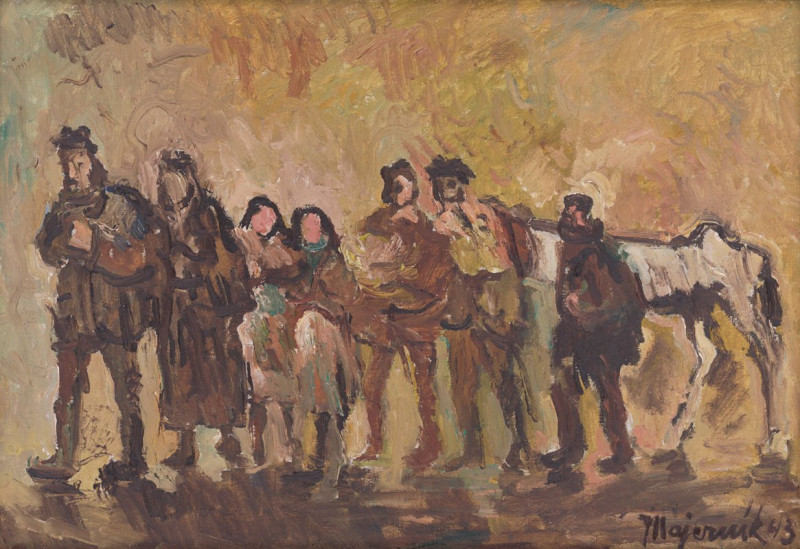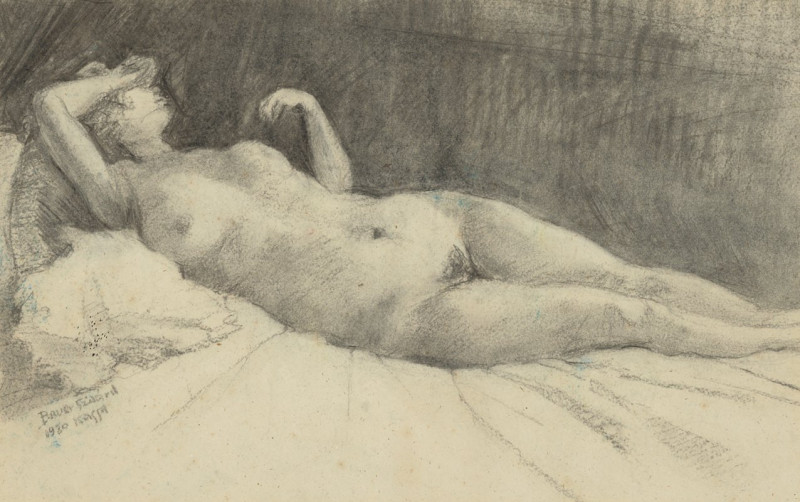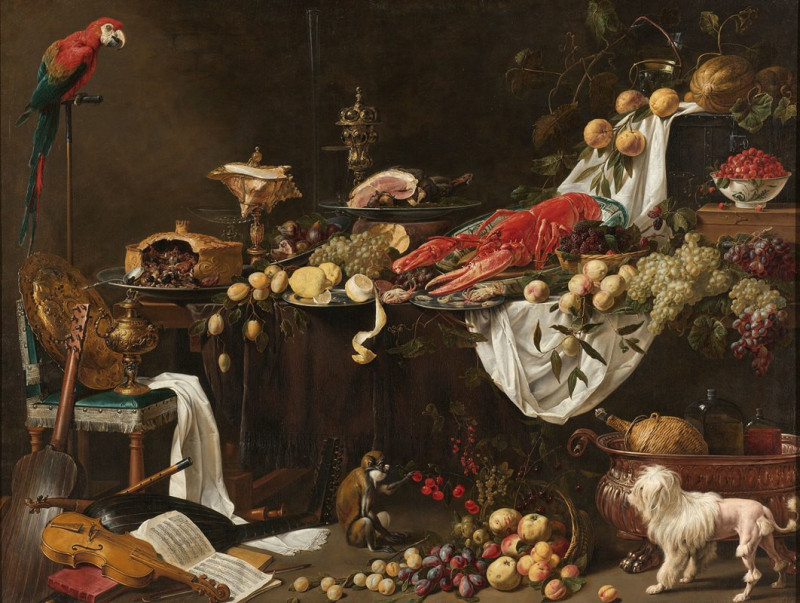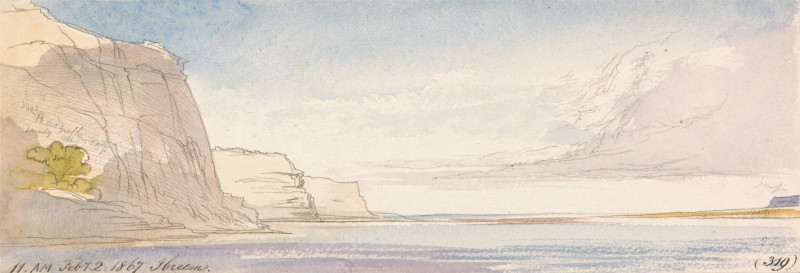European Herring Gull (1837)
Technique: Giclée quality print
Recommended by our customers
More about this artwork
At the heart of our exhibition, we are honored to present a striking detail-oriented masterpiece, the "European Herring Gull," rendered in 1837 by the talented Magnus Von Wright. This splendid painting captures with exquisite accuracy the physical characteristics and subtle grace of a European Herring Gull in mid-stride.The artist's skill is evident in the lifelike representation of the gull, with its sharp eye, textured feathers, and soft shades of blue and gray harmoniously blending with white. Von Wright’s intricate brushwork meticulously articulates the gull's feather patterns, from the delicate spots on its neck down to the nuanced shading on its wings and tail. Particularly, the feathers are depicted with various hues of gray and blue, capturing the naturalistic sheen and layering that one would observe in nature.The background of the painting is a neutral warm beige, a choice that beautifully complements and emphasizes the gull’s coloring, ensuring that the viewer's attention remains fixed on the bird itself. This minimalist approach not only highlights the gull’s elegance and poise but also underscores Von Wright’s focus on the subject matter without any distractions.This artwork not only showcases a moment of everyday natural beauty but also reflects Magnus Von Wright’s dedication to ornithological illustration and his profound understanding of avian anatomy. This piece stands as a testament to his prowess in combining scientific accuracy with artistic beauty, making it a jewel in the crown of our collection.
Delivery
Returns
Magnus von Wright was a Swedish-Finnish painter, ornithologist and educator. In addition to bird illustrations, he was also known for his landscapes.
Magnus von Wright was born at the village of Haminalahti in Kuopio, Finland. His ancestors included Scottish merchants who had settled in Narva during the 17th-Century. His father Henrik Magnus von Wright was a retired Major who owned the family estate, Haminalahden.

